News
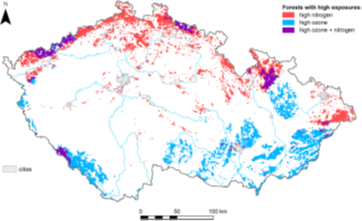
|
Popular Science: Where are Czech forests under potential risk due to the highest O3 exposures and N deposition?Nitrogen is known as an essential nutrient for plants. However, its excess amount is harmful to the natural environment, including forest ecosystems. Nitrogen, along with ambient ozone, is currently considered to be one of the main threats for forest ecosystems, in addition to climate change. Therefore, a group of scientists under the leadership of Iva Hůnová from the Institute for Environmental Studies analyzed and indicated the areas of forest ecosystems in the Czech Republic with the highest levels of ambient ozone and nitrogen deposition. Published Jul 15, 2019 |

|
Popular Science: Sewing – when and where was it invented?Clothing plays a very important role in human lives. It is a way of communicating social and individual identity. Moreover, sewing and clothing was of great significance for the history of humans because it enabled man to colonize the cold regions of our planet and to cope with climate change. It is, however, still unclear when, how and where this innovation first appeared. When studying the invention of clothing, needles (made of bone, ivory or antler) represent a proxy for this research. An international team of scientists, among them Martina Lázničková-Galetová from the Hrdlička Museum of Man (Charles University, Faculty of Science) and the Moravian Museum in Brno, aimed to answer questions about the invention of needles and clothing. Published Jul 08, 2019 |

|
Full steam ahead! The 4EU+ Alliance is selected as a pilot ‘European University’The 4EU+ Alliance is among the consortia selected for funding in the first pilot ‘European Universities’ call for proposals, launched as part of the 2019 Erasmus+ programme. Out of 54 proposals submitted in response to the call, the European Commission's Directorate General for Education and Culture has selected seventeen European University alliances, which will obtain funding for their projects to become the ‘European Universities’ of the future. Published Jun 26, 2019 |

|
She always steps in the same riverSurely everybody noticed that some of his friends (or even he himself) have a certain “type” when it comes to a choice of a romantic partner. Some men prefer blonds, others think that freckles are cute. Some women are attracted to muscles, others like bearded men. How does this observation stand up, however, when we look at it through the eyes of science? And is there a difference between partners we have children with and our other long-term relationships? These are the questions asked by Zuzana Štěrbová, Petr Tureček and Karel Kleisner of the Human Ethology research group, Faculty of Science of Charles University. Published Jun 24, 2019 |
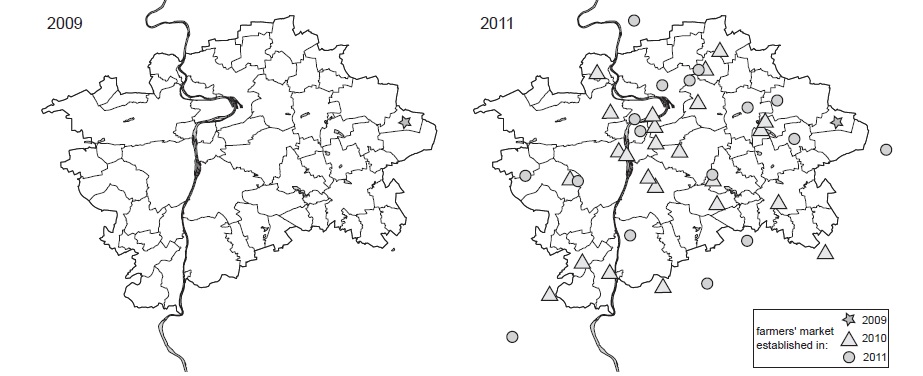
|
Popular Science: Farmers´ markets in Czechia – unique or just a copy?Between 2009 and 2011, Prague experienced a huge increase in the number of farmers´ markets: from zero to forty-one in the summer of 2011. This phenomenon, which is well-known from the most developed countries, had arrived in Czechia. The question, however, remains: are the Czech markets the same as the markets in the “West”? An assessment of this phenomenon was carried out by Lucie Fendrychová from the Department of Social Geography and Regional Development together with Petr Jehlička. Published Jun 17, 2019 |
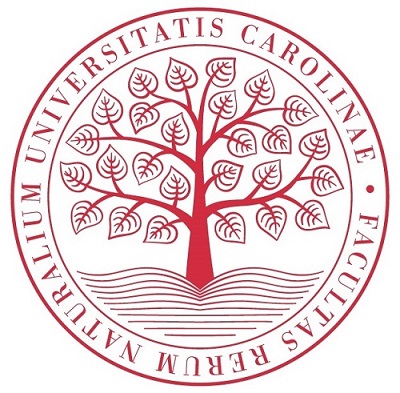
|
IOCB Prague and Charles University Faculty of Science establish joint endowed chairTwo distinguished Czech academic institutes in the field of natural sciences, the Faculty of Science, Charles University (FOS) and the Institute of Organic Chemistry and Biochemistry of the CAS (IOCB Prague), have reached an agreement on the creation of a joint endowed chair for the development and testing of new drugs. Millions of Czech crowns in funding for the new position is being provided by IOCB, which will help attract a leading foreign scientist to the Czech Republic and allow them to form their own research group focusing on the discovery and development of new antiparasitics. Published Jun 11, 2019 |
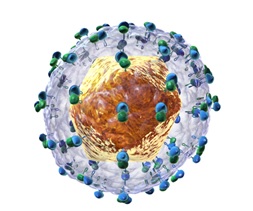
|
Popular Science: How can we analyse Hepatitis C virus variants?The Hepatitis C virus, a cause of serious liver disease, infects more than 130 million people worldwide. The virus mutates rapidly and has a wide variety of genotypes, which complicates treatment. A team of scientists from the laboratory of Doctor Martin Pospíšek from Charles University invented a new method that could help describe the diverse variety of viruses present in patients. Published Jun 10, 2019 |

|
Popular Science: Giant dragonflies and their way of life – reconstruction based on fossil findingsThe maximum wingspan of dragonflies these days is about 19 cm, but in the Late Palaeozoic (approximately 300 Mya), the largest representatives of the Meganeuridae family had a wingspan of about 71 cm. They were thus the largest known insects ever and previously there were already some hypotheses, based on (unfortunately often incomplete) fossil findings and on comparisons with modern-day species, about how these flying colossuses lived. However, an international French-Czech-US team, together with Jakub Prokop and Martina Pecharová from the Department of Zoology of the Faculty of Science, showed that these speculations were not correct and proposed a more probable scenario. Published May 27, 2019 |
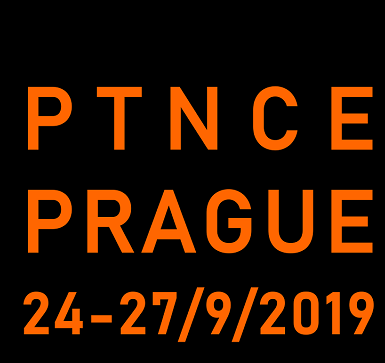
|
Conference PTNCE 2019: call for papersConferences of the Polish Society for Human and Evolution Studies (PTNCE) are international meetings which bring together a wide range of scholars who use in their research the evolutionary framework. PTNCE conferences are well known for a friendly atmosphere and high quality of discussions and scientific results presented by participants. The conference is for the first time held outside of Poland. Join us on 24–27 September 2019 in Prague. Click for link to conference site including call for papers. Published May 22, 2019 |

|
Popular Science: How do we choose a partner? Do partner preferences remain stable throughout a relationship?Choosing a partner is a key decision in a person’s life. What characteristics do we look for in a partner? Does our notion of an ideal partner change during a relationship? These are some of the questions asked by scientists Radka Kučerová, Zsófia Csajbók and Jan Havlíček from the Charles University. Their most recent paper examines ideal partner preferences and how they change during a relationship. Published May 20, 2019 |

|
Popular Science: Understanding the power of honey through its proteinsHoney is a culinary staple that can be found in kitchens around the world. Humans have used honey throughout history, and its long shelf life and medicinal properties make it a unique, multipurpose natural product. Although it seems that a lot is known about the sweet substance, surprisingly little is known about its proteins. Now, researchers report in ACS’ Journal of Natural Products new data on honey proteins that could lead to new medicinal applications. Published May 13, 2019 |

|
The role of nomadic pastoralists in the genetic history of the Sahelian/Savannah inhabitantsPrevious archaeological and linguistic research suggested that the prehistoric population of the Sahel and adjacent savannahs diversified over time into sedentary farmers and nomadic pastoralists. A team from Czech, Senegalese, Sudanese and Portuguese institutions, including Martina Čížková, Iva Kulichová and Viktor Černý from the Department of Anthropology and Human Genetics and Pavel Munclinger from the Department of Zoology from the Faculty of Science, decided to verify this hypothesis using molecular-genetics methods. Published May 13, 2019 |
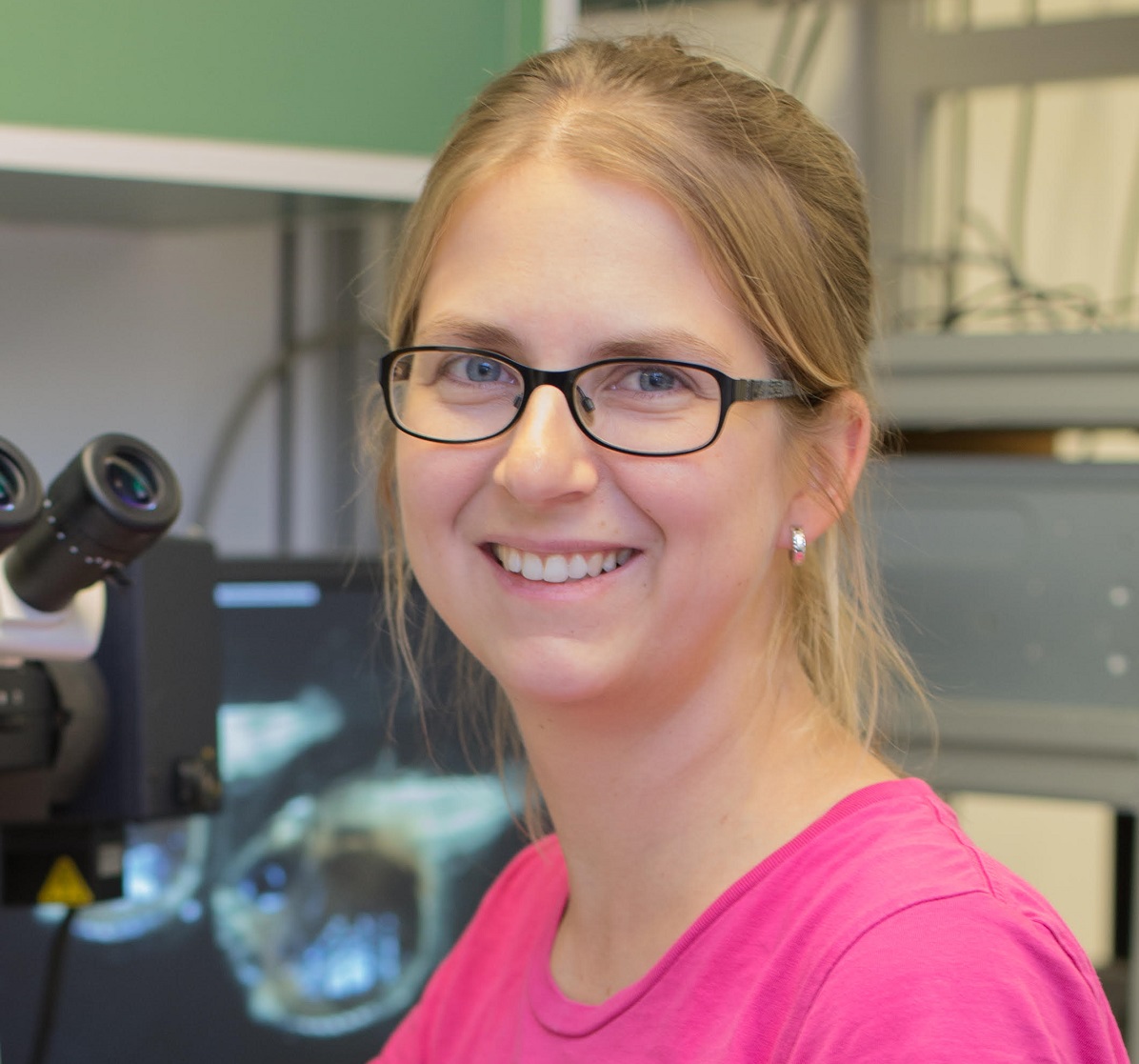
|
The blue-green world of deep-sea fishAn international team of scientists, including lead co-author Zuzana Musilová from the CU Faculty of Science, recently discovered that some deep-sea fish possess a unique set of photosensitive pigments that probably enable some form of colour vision, even at great depths. The article was published as the cover story of the most recent issue of the world's most prestigious scientific magazine, Science. Published May 09, 2019 |

|
From Albertov to Harvard – a tale from the laboratory of protein structuresDr Katarína Pšenáková is a recent graduate from the Department of Physical and Macromolecular Chemistry. Thanks to a Support for talented students, a grant from the Endowment Fund of Faculty of Science, Charles University, she had the opportunity to spend some time at the National Institute of Health in Washington D.C. during her doctoral studies. Her journey took her to a post-doctoral fellowship in the revered halls of Harvard. Published Apr 24, 2019 |
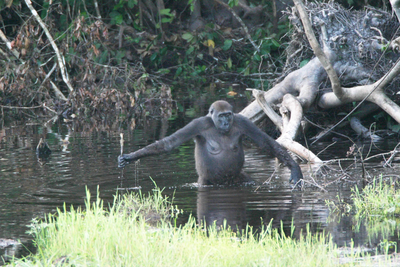
|
Are intestinal parasites of great apes and humans as closely related as their hosts are?The clinical detection and identification of Entamoeba (intestinal parasites) is usually performed using light microscopy, which is often complicated and imprecise. An international team from Czech, Belgian and Swiss institutions, including Jakub Kreisinger from the Department of Zoology, Faculty of Science, has developed a new and more effective approach consisting of advanced molecular methods. It is also the first comparison of the Entamoeba lineages in humans and wild great apes. Published Apr 23, 2019 |
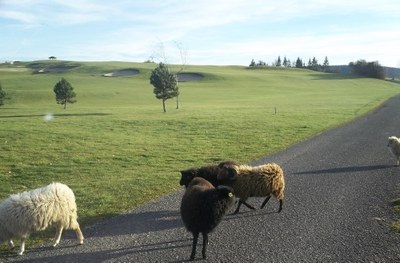
|
A focus on golf courses: devastation or a chance for nature?Golf courses are now a natural part of our landscape. Although their history in our country dates back over 100 years, recently their development has been more rapid. Along with accelerated construction, an increased interest in this phenomenon has begun, both positive and negative. Positively, golf courses can be seen especially in connection with land reclamation, yet if they are built on high quality agricultural land, the views differ. What is their current state of development since 1990, and how do they affect the landscape? From the University of South Bohemia in České Budějovice together with specialists from our faculty—Přemysl Štych from the Department of Applied Geoinformatics and Cartography and Dana Fialová and Lenka Svobodová from the Department of Social Geography and Regional Development—a team of scientists focused on this question. Published Apr 15, 2019 |

|
How does climate affect plant traits?Irena Šímová from the Department of Ecology of the Faculty of Science, Charles University, is one of two main authors of a study, in which scientists from a total of 23 workplaces across Europe and America participated. Its main objective was to find out what traits of woody and herbaceous plants on the American continent are affected by the climate. For the analysis, scientists used data in the BIEN and TRY databases. They contain extensive datasets on occurrences of plant species and plant traits. Woody plants have revealed a clear influence of the climate on individual traits. These two growth forms of plants - trees and herbs - seem to have different life strategies. Published Apr 08, 2019 |

|
If I stridulate, you won’t eat me, will you?Stridulation is a type of acoustic signaling, which is quite widespread in various arthropods. Nevertheless, people usually associate these sounds (created by rubbing certain body parts together) mainly with insects, probably mostly with crickets. Have you heard that spiders can also stridulate and that it is obviously quite common behavior for them, as it has been documented in more than 30 spider families so far? However, the function of stridulation is still not known in many species and that is why a team of scientists from Prague and Brno universities, including František Štáhlavský from the Department of Zoology from the Faculty of Science, studied spiders of the genus Palpimanus. Published Apr 08, 2019 |
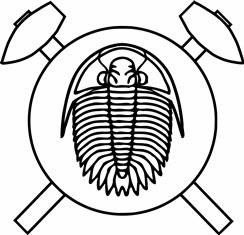
|
9th European Conference on Mineralogy and SpectroscopyWe would like to draw your attention to the updated information on the 9th European Conference on Mineralogy and Spectroscopy that will be held in Prague, Czech Republic, between September 11 and September 13, 2019. Published Apr 02, 2019 |

|
Klara Hlouchova´s team gets HFSP Young Investigator grantThe team of Klara Hlouchova together with two other teams, Kosuke Fujishima (Earth-Life Science Institute, Tokyo) and Stephen Fried (John Hopkins University, Baltimore) were awarded the prestigious Human Frontier Science Program Young Investigators grant for their interdisciplinary project investigating the structure/function space of prebiotic to biological proteins. The project is supported by an overall amount of around 1 Million USD, distributed among the three project members. Published Apr 02, 2019 |